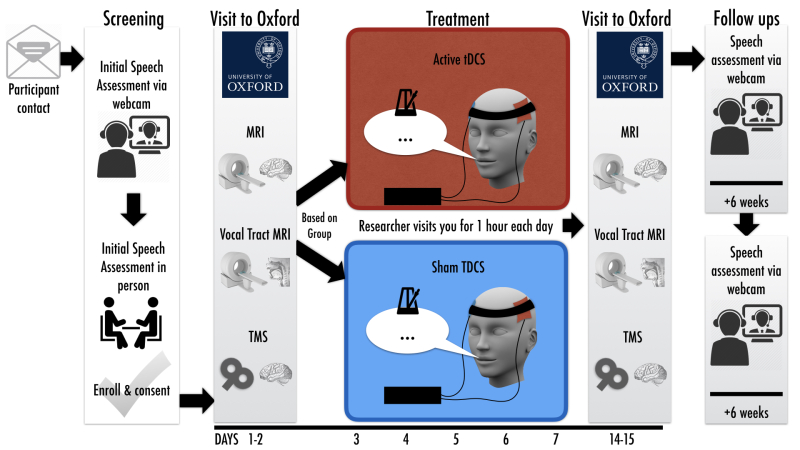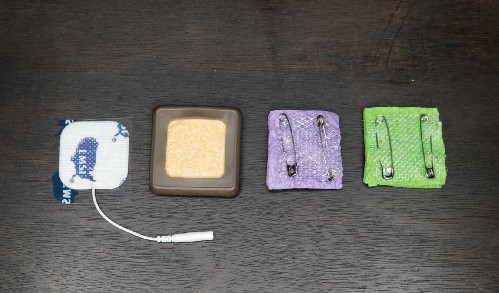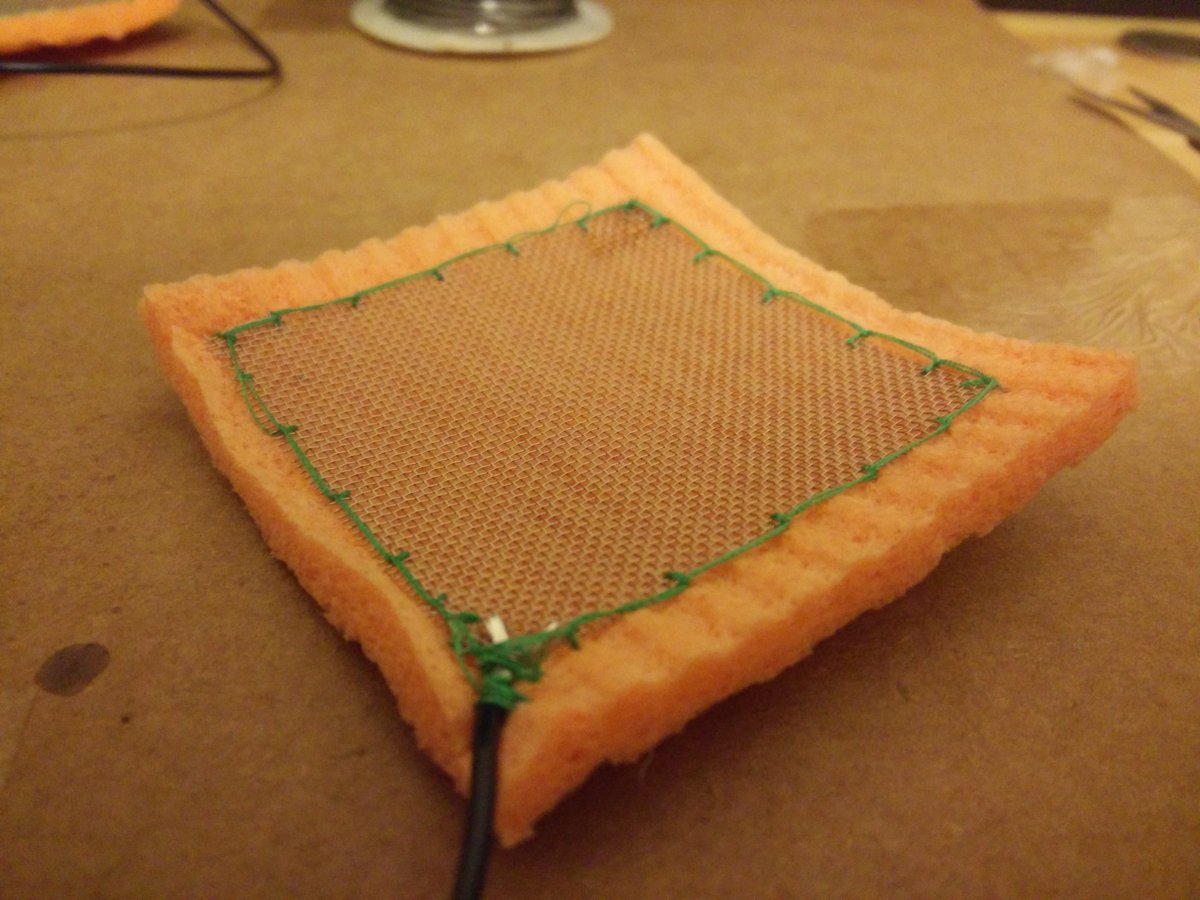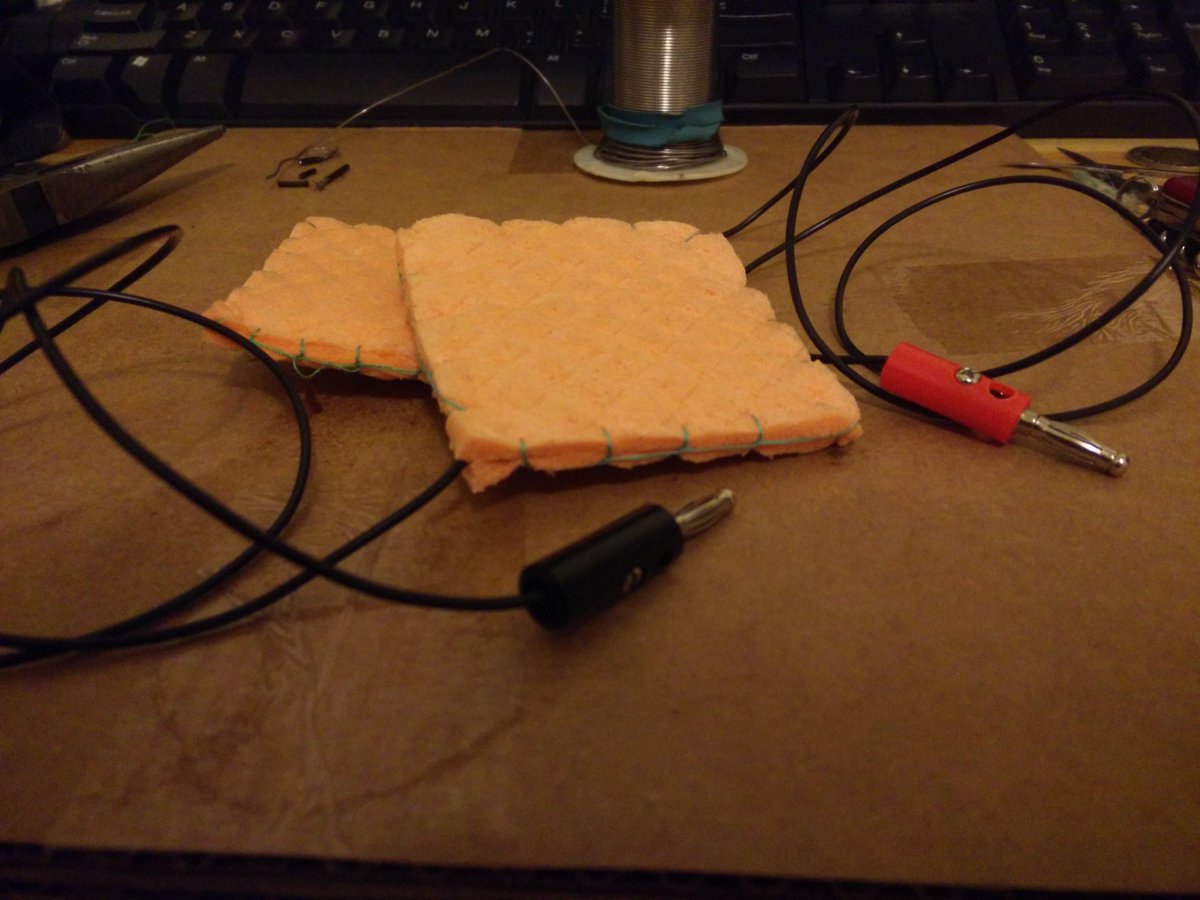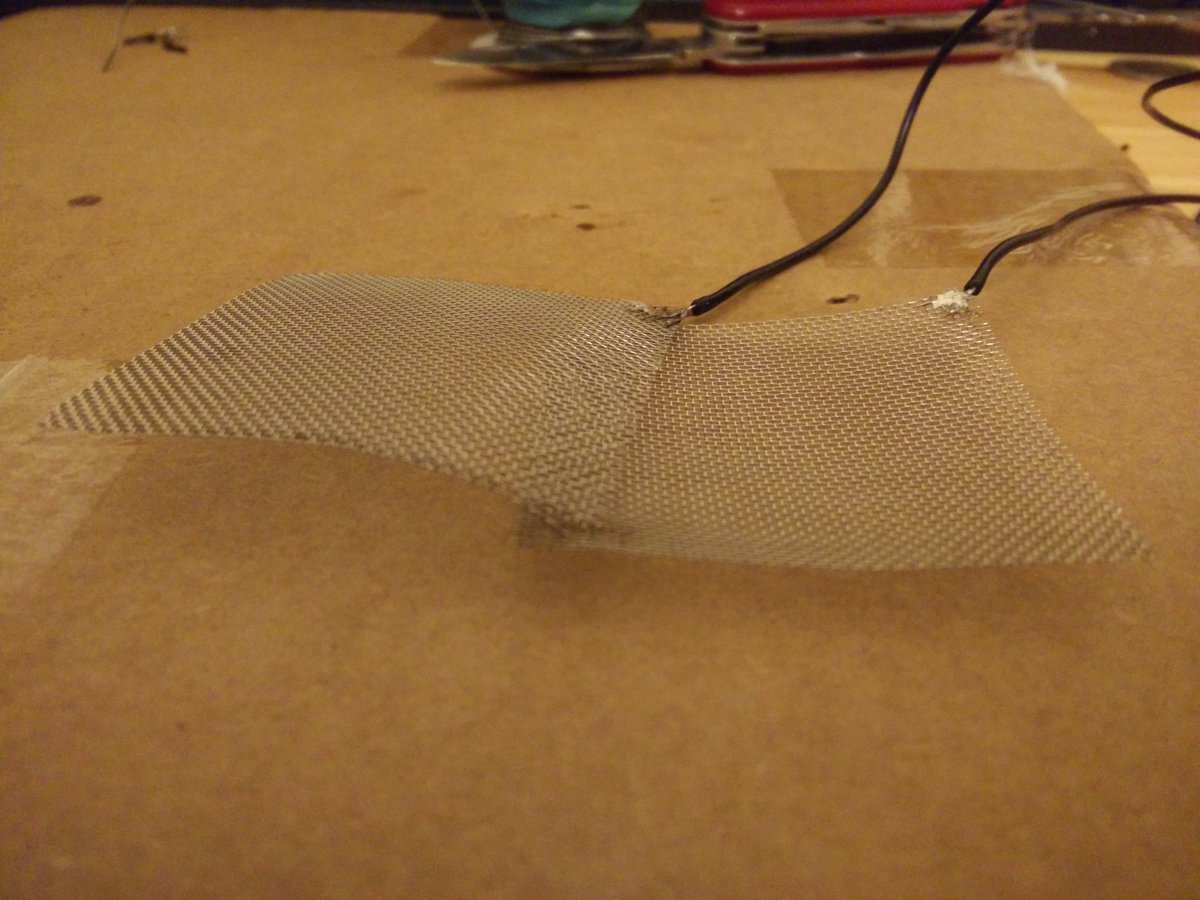It’s been a long time, and I feel I left the space for good reason, but in the last year I’ve discovered that I’m all-sense Aphatasic, and also, that there is research documenting the use of tDCS in studies related to Aphantasia. So, considering I have the gear and the background, I’ll be following along as research develops and will share any significant finds in here.
In the meantime if you have any tDCS/Aphantasia related experience to share please drop me a line.
Author Archives: John
Why So Quiet – What Happened?
Honestly I just burned out on following along with a lot of science that didn’t seem to be getting anywhere. What attracted me to tDCS were the stories and studies that implied accelerated learning and improved memory skills were just around the corner. What kept me interested were depression studies that did seem to demonstrate effectiveness. And considering my own bias against pharmaceuticals, even if the positive effects of tDCS for depression were placebo, I considered it worth talking about and promoting. I still do, for depression.
But tDCS is fairly easy to work with and that means lots of young scientists doing low-powered studies, the upshot of which might be a published paper, but not much else.
What actually stopped me in my tracks was the sudden realization of how little we know about electricity in the human body.
It was this Sean Carroll podcast with Michael Levin where he discusses manipulating the growth of tadpoles and flatworms with electricity (among many other things related to bioelectricty) that made me question the safety and sensibility of introducing current into our brains! There are some profound first-level mysteries at play here, and until we know more, OR, there is a solid ‘do this – get that result’ application of tDCS, I’m taking a wait and see perspective.
Thanks for following along!
John
Bryan Johnson: Kernel Brain-Computer Interfaces | Lex Fridman Podcast
For context, Lex Fridman’s podcast is becoming a very popular show.
Interesting and pretty much state of the art at the moment for neuro/wearable.
Transcranial Electrical Stimulation | Aaron J Newman
Aaron J Newman of Dalhousie University and The NeuroCognitive Imaging Lab gives an introductory lecture to transcranial electrical stimulation.
In addition to tDCS he covers tACS and tRNS. It was interesting to be reminded of when and how stimulation can be detrimental to certain types of the tasks often presented in studies.
Bimodal Stimulation Treatment For Tinnitus | Science Podcast
The always excellent Science Podcast introduced me to a new treatment for tinnitus. Approximately 10-15% of the population suffers from some form of tinnitus (chronic ringing in the ears). Hubert Lim has developed a device that pairs aural stimulation through headphones with electrical stimulation through the tongue. In a recent study they were able to diminish the perception of ringing in a large clinical trial.
Treatment pairs a wide variety of sounds with tongue stimulation leading to increased activity in the neurons associated with these sounds thereby distracting the brain from the neurons which are responsible for tinnitus.
Interview with Hubert Lim starts at 8:50
Visiting a once-watery asteroid, and how buzzing the tongue can treat tinnitus
See also: New research could help millions who suffer from ‘ringing in the ears’ from UMN.
This treatment is available now at some European clinics. See Lenire.com.
The Lenire device comes from a Dublin company called Neuromod of which Dr. Lim is a partner. Here Dr. Lim describes the device.
Read the paper associated with the research: Noninvasive Bimodal Neuromodulation for the Treatment of Tinnitus: Protocol for a Second Large-Scale Double-Blind Randomized Clinical Trial to Optimize Stimulation Parameters
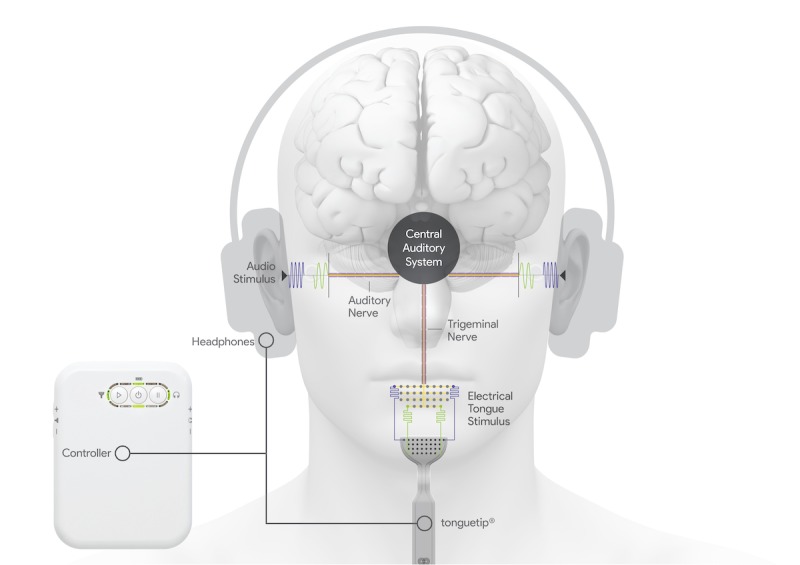
Adam Woods | NavNeuro Podcast
Great overview on the current state of tDCS and TMS in the field of therapeutic non-invasive brain stimulation. Dr. John Bellone & Dr. Ryan Van Patten interview Dr. Adam Woods of the Woods Lab at the University of Florida. What was especially interesting to me was being reminded of the ongoing ‘ACT Study’ Augmenting cognitive training in older adults (The ACT Study): Design and Methods of a Phase III tDCS and cognitive training trial, which could be a game changer in the sense of providing a path to FDA-approved tDCS therapies. Also appreciated the information around higher current having the opposite of intended effects on brain tissue!
Non-Invasive Brain Stimulation – With Dr. Adam Woods from NavNeuro
Also enjoyed this discussion with Evolving Past Alzheimers from 2019
On Apple Podcasts here.
Brett Wingeier on the Kevin Rose Show
As long time readers would know I’m a hopeful skeptic when it comes to non-invasive brains stimulation. But the increasing amount of marketing around more and more devices is making it harder to parse the science from hype. It’s like – well they got away with saying ‘Three times faster’, so let’s go with ‘Faster than ever thought humanly possible’! Don’t buy it! Are there legit reasons to be excited about non-invasive brain stimulation? Absolutely! But playing guitar in ‘half the time’ or hitting holes in one… are not! It’s still early days.
With that in mind I do recommend this discussion between Kevin Rose (a venture capitalist) and Dr. Brett Wingeier of Halo Neuro. Although I feel Halo Neuro’s marketing department is making claims impossible to substantiate (subscribe to their mailing list if you want to see what I’m talking about), Dr Wingeier is very well versed in all the latest science around non-invasive brain stimulation and he discusses some of the more recent and exciting research.
Nathan Reviews the LIFTiD tDCS Device
Our friend and trusted neuroscience PHD student Nathan just published a review of the new LIFTiD tDCS device, A Look At The LIFTiD tDCS (Full disclosure, both he and I were given one to try out by Caputron. I’ve been waiting for Nathan’s report before trying mine.)
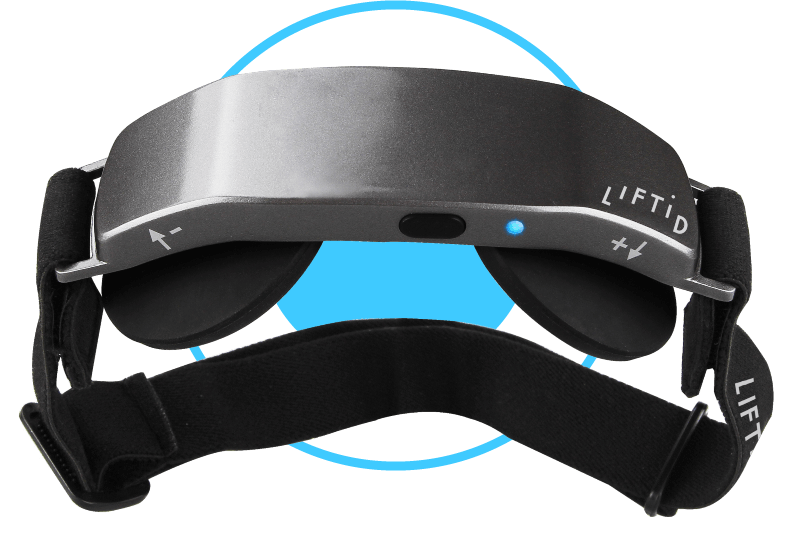
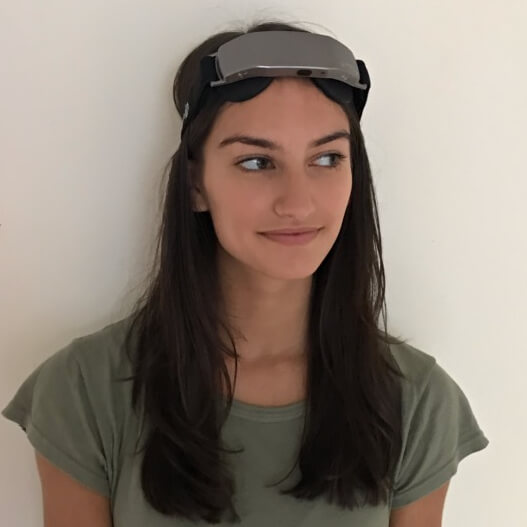
The obvious advantage to the LIFTiD device is it’s simplicity and ease of use. As I suspected this also turns out to be it’s main weakness in that you have only the default montage available.
The LIFTiD team was advised by neurosurgeon Dr. Theodore H. Schwartz. He was recently interviewed by Neurogal MD. While much of what is discussed will be familiar to DIYtDCS readers, I was interested to see that Dr. Schwartz was quick to point out what we don’t know about tDCS and neurostimulation.
The Military Discovered A Way To Boost Soldiers’ Memories, And We Tried It | Elise Hu, NPR
Have a look at the science behind DARPA research investigating the possibility of enhancing memory using tACS. Dr. Vince Walsh is the lead investigator. and team from NPR reporting.
In a multi-year study at the University of New Mexico, volunteers received a fraction of 9-volt battery’s worth of electrical stimulation to their scalps while they slept at the lab. When they woke up, they were asked to play a video game they had learned the day before. Turns out that subjects were significantly better at it after the night spent in the lab.
The potential and Limitations of Transcranial Direct Current Stimulation | Marom Bikson
If you’ve been following along then most of what’s discussed in this May, 2018 lecture won’t surprise you, but it’s nicely put together and I would say, emphasizes the validation of applying stimulation while ‘doing something’ (Functional Targeting). The idea being that the stimulation then amplifies the activity of the neurons involved in the task. Though it does beg the question, What would be an appropriate task to involve a patient with in the treatment of depression? I think it’s important to note that most of what is discussed, in terms of any affects tDCS may have, remain hypothetical!
The 2019 joint meeting of Neuromodulation:The Science and NYC Neuromodulation is about to start and a page devoted to abstracts has been published. It will be updated as more info becomes available. Want a look into the future of neurostimulation? Here it is!
Dr. Brent Williams of SpeakWisdom recently published an article on the new LIFTiD tDCS device, How to Use the LIFTiD Headset for Depression Relief. The device (which is available at Caputron) has yet to be extensively reviewed but its main advantage, defined electrode placement, could also be seen as a weakness.
Tongue zapper for brain stimulation | CBC Quirks & Quarks
[Update 9/15/19] Revisiting the PoNS, Portable Neuromodulation Stimulator Device, which stimulates the tongue, after listening to Robert J. Marks interview Dr. Yuri Danilov on the Mind Matters News podcast episode Accelerating Neuroplasticity-How Natural Brain Healing Can Be Accelerated Using Stimulation.
Audio PlayerThe device is already being used at clinics in Canada for treatment of chronic balance deficit due to mild-to-moderate traumatic brain injury, and is to be used in conjunction with physical therapy.
The device is manufactured by Helius, who are in the process of re-submitting to the FDA for clearance in the U.S.
————–
Tongue zapper for brain stimulation CBC Quirks & Quarks
Audio PlayerIn clinical studies, the PoNS device coupled with targeted functional therapy induces cranial nerve noninvasive neuromodulation (CN-NINM). Therapy consists of targeted physical, occupational and cognitive exercises, based on the patient’s deficits. (The PoNS™ Device from Helius Medical)
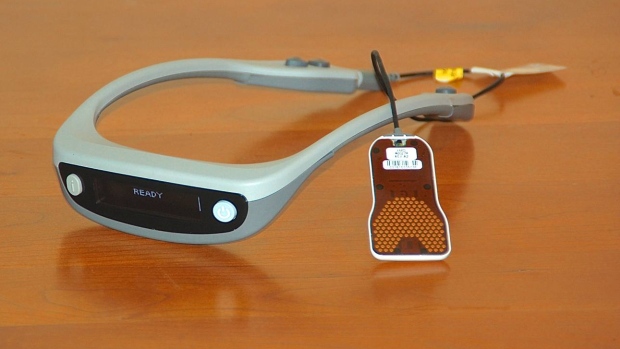
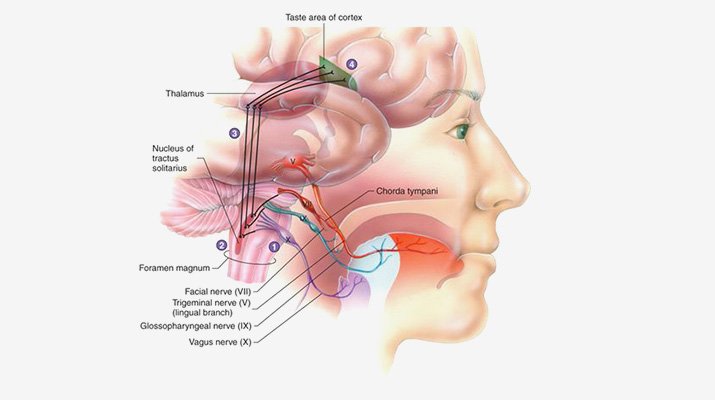
Vagus Nerve Stimulation
Vagus Nerve Stimulation has been on my radar for some time but recent developments, especially in our understanding of the Brain-Gut connection have me paying more attention to what’s happening in VNS research. This post will serve as a simple introduction in hopes of inspiring your own curiosity and I’ll fill in the blanks as more information becomes available. Overview from Wikipedia: Vagus Nerve Stimulation.
A few more recent research articles.
Chronic Vagus Nerve Stimulation Significantly Improves Quality of Life in Treatment-Resistant Major Depression
Also known as tVNS, as in transcutaneous vagus nerve stimulation
‘Tickle’ therapy could help slow aging
Effects of transcutaneous vagus nerve stimulation in individuals aged 55 years or above: potential benefits of daily stimulation
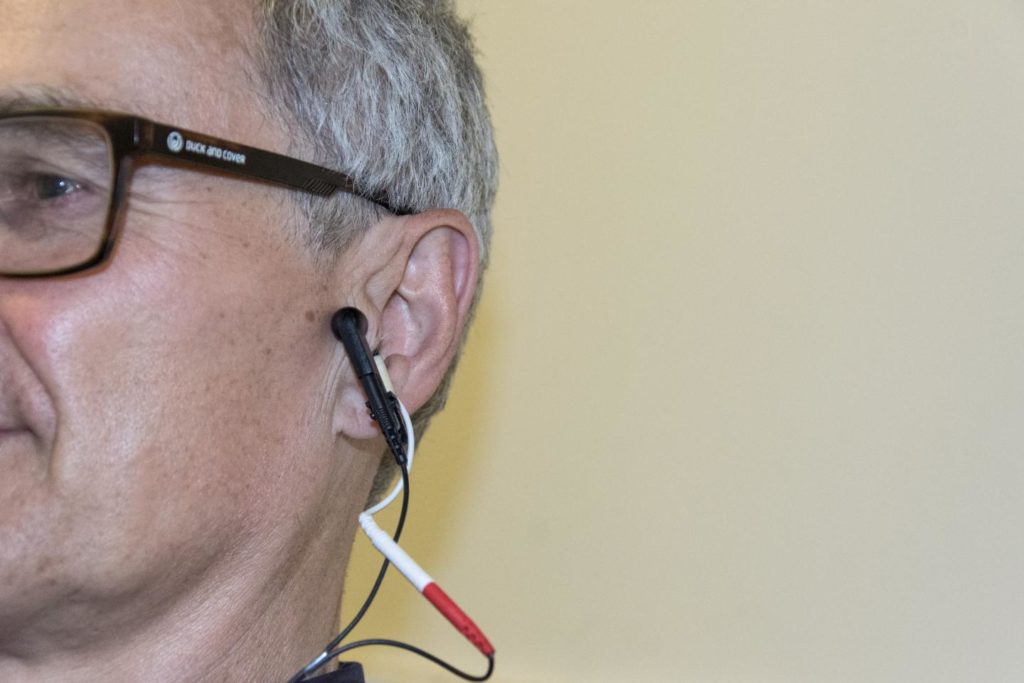
A tVNS device attaches to the ear and gently provides electrical stimulation, which rebalances the autonomic nervous system.
Could VNS affect the relationship between the brain and the gut? Very early days, as this connection is only recently being explored.
Gut branches of vagus nerve essential components of brain’s reward and motivation system
Vagus Nerve as Modulator of the Brain–Gut Axis in Psychiatric and Inflammatory Disorders
And from 2015, a paper that showed positive outcomes in a working memory study.
Transcutaneous vagus nerve stimulation boosts associative memory in older individuals pdf
And finally a couple of device manufacturers with products currently on the market. I have zero relation to any of these companies and am linking to them simply so you can see what the devices look like and how they are marketed. There are probably many more.
gammaCore
NEMOS
Monarch
Notion | Neurocity
Not tDCS, but EEG used in an new and exciting way.
At this time, she is recalling a previously trained hand gesture: a pinch with her fingers. This happens without removing her hands from the bowl to touch the screen. Just one thought.
This is exactly the case 22 seconds in. Notion detects her intent, and creates metadata that contains this information.
A split second later, thought-based intent turns into reality. As the mobile device receives the intent command created by Notion, the imagined hand gesture pattern is associated with a computer command. In this case, a scroll down event is executed. This happens repeatedly. She scrolls the page, allowing her to continue reading without lifting a finger.
From: You can now think to scroll
More at Neurocity.co
As more of these advanced, less expensive EEG chipsets come to market we can expect to see devices which merge EEG with non-invasive brain stimulation like tDCS or tACS. Applications I’ve seen discussed in the literature suggest that researchers would use specific EEG signals to trigger NIBS to specific areas. For example if the process your brain were doing at this exact moment required optimal functionality from a specific part of your brain, non-invasive stimulation would kick in to assist at that area.
It’s important to keep in mind that this is all speculative and mostly imaginationware at the moment. What I see as a trend in recent research is that the picture is in fact becoming more complicated, implying we know less than we thought we did. Further complications arise as we begin to understand how unique each of our brains are.
I’m not sure how useful a device that allows me to scroll down just by thinking of it will be to the general population. But certainly for people with physical impairments a lower cost, state of the art device that actually does something could be life-changing. Can you think of applications for the Notion that would entice you to own one? Not yet available but you can get on the get on the waiting list of request a Developer Kit here.
INSTEP Stutter / tDCS Study
Live anywhere near Oxford England and have a stutter? This study is currently recruiting.
More info: https://insteptrial.wordpress.com/
In this study, we want to see if a five-day course of tDCS combined with fluency training will improve speech fluency more than the fluency training on its own. We also want to see if such improvements are maintained over a period of three months.
DIY Electrodes | Melanie Segado
[Update 7/4/19] Just noticed this excellent DIY electrode post from Vagabond Banana who seems to be embarking on a DIY tDCS build/workshop project.
Is DIY As Good As Clinical/Commercial When It Comes To tDCS Electrodes?
Melanie Segado is a PhD Candidate in Neuroscience at McGill University | CoFounder @NeuroTechX | Cellist | Currently interested in #DIY #TDCS
via Twitter @sciencelaer
https://twitter.com/sciencelaer/status/770075458184634368

